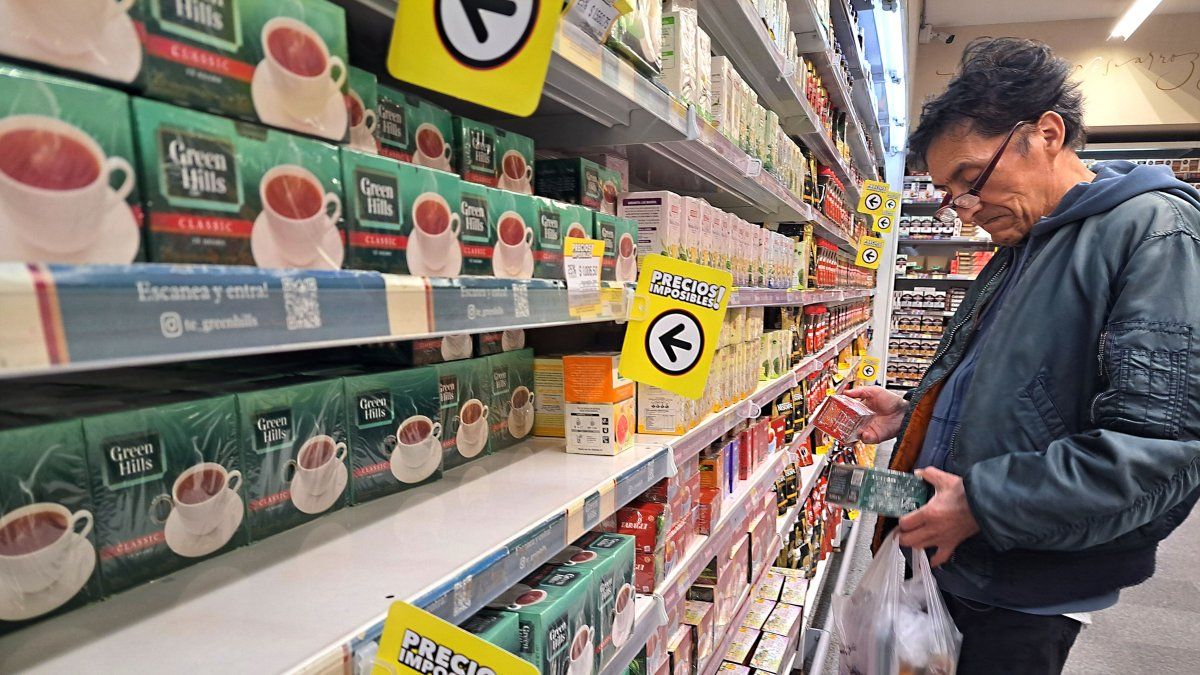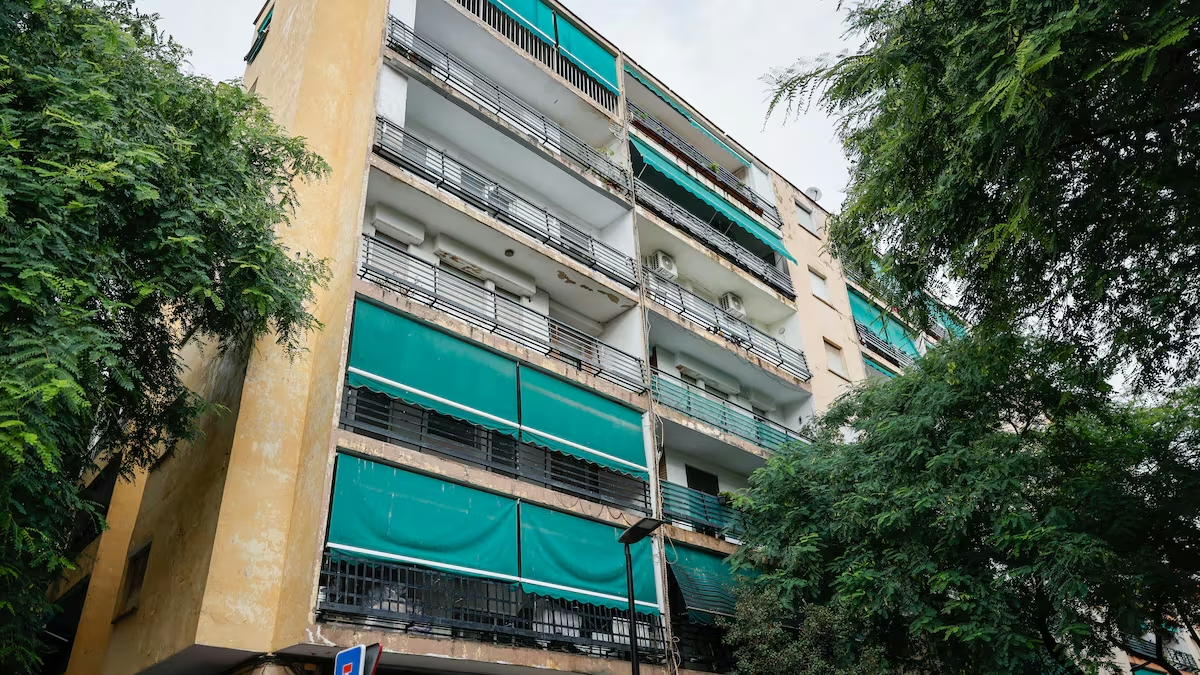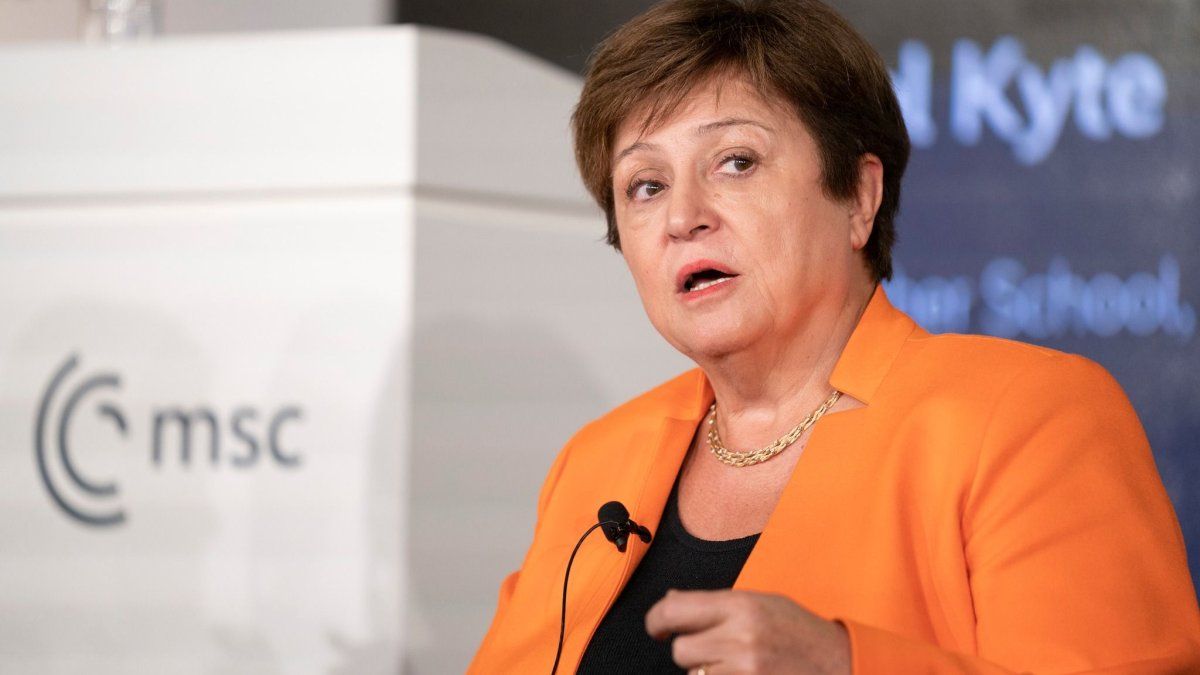For the third consecutive month, both the Basic Food Basket and the Total Basic Basket showed the same variation. A “typical” family needed more than $1,176,852 so as not to fall into poverty.
The cost of basic baskets accelerated in September to 1.4%. Even so, the increases remained below general inflation.
The content you want to access is exclusive to subscribers.
The INDEC reported this Tuesday that this was the variation for both the Basic Food Basket (CBA)which measures the poverty basket, as for the Total Basic Basket (CBT)used as a threshold to determine poverty. In this way, a family made up of a couple of adults and two children needed more than $527,736 so as not to be considered indigent and more than $1,176,852 so as not to fall into poverty.


For the third consecutive month, both CBA and CBT showed the same increase. Last month, both baskets had climbed 1%; Although there was an acceleration, increases remained below 2% for the sixth consecutive month.
General inflation once again exceeded 2% in September
In parallel, INDEC also published the general inflation data, which was 2.1%in line with market expectations. Since April it has not exceeded 2%.
The food and beverage division, the one with the greatest impact on the Consumer Price Index (CPI), showed an increase of 1.9%. Particularly, increases due to seasonal factors stood out, such as those for fruits and vegetables or air tickets. In addition, fuel increases had influences.
It is worth remembering that the CBA is determined taking into account the basic nutritional requirements that an adult male between 30 and 60 years old, with moderate activity, must satisfy for one month (adult equivalent). In turn, foods and their quantities are selected based on the consumption habits of the population based on the information provided by the National Household Expenditure Survey (ENGHo).
To determine the CBT, the CBA is expanded by considering non-food goods and services, using a coefficient that measures the relationship between food expenses and the total expenses observed in the reference population.
Source: Ambito




